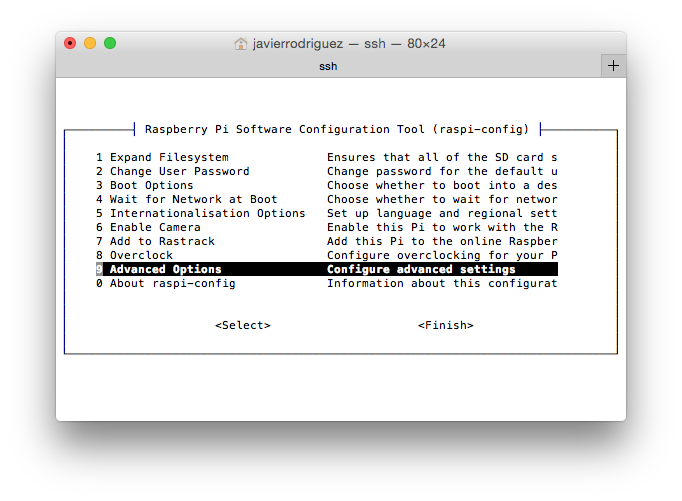With the newly released M1 Macs, there have been lots of questions about being able to run other operating systems on it, particularly from developers that are used to running Window or Linux in Virtual Machines using virtualization on their Intel Macs.
Comments closedCategory: Linux
Posts related to Linux development.
For more years than I’d like to admit, the Layout Editor has been slow in terms of dragging controls around. As you add more controls, it gets worse. For web layouts, it’s been even worse. That’s primarily because we have to draw everything for a web layout whereas for a desktop layout, the OS draws the controls for us.
In an engineering meeting, I mentioned a discussion I had with a user about the speed of the Layout Editor and Travis said he had recently been reminded of how slow it was too. While most of the time issues in Xojo are carefully calculated and prioritized for maximum bang for the buck (as we say around here), that’s not always how it happens. After the meeting, Travis decided to dive into the Layout Editor code and see what could be done to speed it up.
The results are pretty remarkable.
Comments closedStarting with Xojo 2017r2, Linux apps use GTK3. Since Xojo uses native controls that means your app’s controls will use the theme of the Linux distribution the app runs on. This can sometimes mean that your app’s UI will not look exactly like what you designed in the Layout Editor because a theme may dramatically change control sizes and padding. This is a problem that can occur with any modern GTK3 app.
If this is a problem for your apps, there are a couple ways you can work around it.
Comments closedYou can call into Linux APIs to use methods and properties that are not built into the framework by using the Declare command. To create a Declare statement you first need to track down the API you want to use using Linux documentation.
Comments closedIn honor of Pi Day 2018, Xojo Pi licenses will be free! Xojo Pi licenses allow you to build console apps for Linux ARM for use with Raspberry Pi 2 and Raspberry Pi 3.
Comments closedWith the release of Xojo 2017 Release 2 we have updated our Linux Desktop framework to use GTK+ 3 instead of GTK+ 2. For those not familiar with Linux, GTK+ is a User Interface (i.e. UI) toolkit, much like Cocoa is for macOS and Win32 controls (or WinForms.NET or WPF) is for Windows. GTK+ 2 has been supplying the user interface for Xojo Desktop apps for Linux since we first targeted Linux over a decade ago. It has since been deprecated in favor of GTK+ 3 for quite some time now and GTK+ 2 is typically not installed by default on most Linux distros these days, which makes deploying Xojo Desktop apps on Linux more painful. Unfortunately GTK+ 3 is not ABI compatible with GTK+ 2 so we could not migrate to using GTK+ 3 without completely ditching GTK+ 2.
Let’s take a closer look at what this means for your Linux apps:
Comments closedRecently, a new syndication format was introduced by Brent Simmons and Manton Reece called JSON Feed. It is an alternative to RSS/Atom to get feeds for blog posts and podcasts. RSS/Atom are XML-based making them complex to work with. As its name implies JSON Feed uses JSON and is much simpler. I’ve shown in previous posts how easy it is to make a web and iOS apps with Xojo to display the feed.
In this post, I’ll show you how to create a Xojo desktop app to display the JSON feed for Daring Fireball in less than 20 lines of code. This app works without changes on macOS, Windows and Linux.
Comments closedWe were really pleased to get all the great feedback our Livin’ La Vida Linux blog post. People sure love Linux! A few people asked about…
Comments closedDo you live the Linux life? If so, you might want to try Xojo on Linux to see how easy it is to make your own…
Comments closedXojo is a superb choice for developing and deploying apps for Raspberry Pi. After all, Xojo not only simplifies making the User Interface of your apps via drag and drop, it’s an object-oriented and event oriented programming language that builds native Linux apps based on the ARM processor architecture for the Raspberry Pi (among other platforms).
Comments closed

